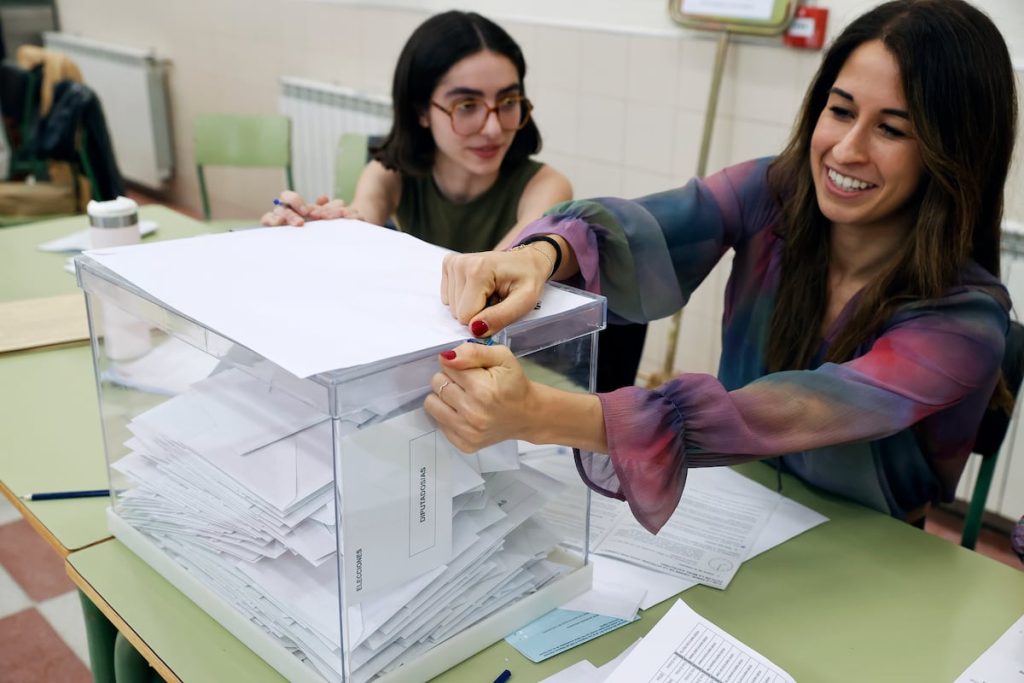The radio program featured a teacher from a high school discussing the increasing dependence on mobile phones and social media among students, which has become a growing concern for parents. Many parents are unaware of how much time their children spend connected to their devices. The professor highlighted the reality that some parents may suspect but struggle to fully understand, as there are often hidden gaps in their knowledge. The way in which people interact with technology has created separate “bubbles” or realities, with individuals living side by side but experiencing vastly different worlds based on their interests and affiliations.
In today’s society, people are increasingly living in separate bubbles, with individuals sharing physical space but inhabiting different realities shaped by their online interactions and preferences. The rapid pace of technology and algorithms has accelerated this trend, leading to a narrowing of common ground between generations and social groups. Information is now delivered through segmented channels such as social media or messaging apps, creating parallel identities that rarely intersect in public discourse. This raises questions about the state of public conversation and debate, which has become increasingly fragmented and polarized.
The fragmentation of society into distinct bubbles has complicated the once straightforward task of understanding the world around us. In the past, one could gather information through conversations, newspapers, or simply observing the world outside. Now, individuals are bombarded with signals indicating that they are missing out on something, leading to a constant feeling of FOMO (fear of missing out). The enclosed nature of these bubbles means that people are often unaware of other realities and perspectives that coexist alongside their own, creating a sense of disconnect and isolation.
These isolated realities and the lack of interaction between them pose challenges not only for individuals but also for the media. Journalists and news outlets are tasked with covering a world that is increasingly fragmented and complex, with different groups living in parallel universes of information and beliefs. This has implications for how events are perceived, understood, and communicated, as narratives can vary widely depending on one’s bubble. The challenge for the media is to navigate these disparate realities and provide a comprehensive understanding of the world, even as it becomes more fractured and segmented.
As society becomes more polarized and divided, the implications are felt in arenas such as politics and elections. The disconnect between different bubbles can lead to surprising outcomes and unexpected shifts in public opinion, as events unfold in ways that are hard to predict or comprehend. This fragmentation of reality has consequences for how people engage with each other, how information is shared and consumed, and ultimately, how decisions are made. In a world where multiple realities coexist but rarely intersect, the challenge is to find common ground and foster meaningful dialogue across divides.
In conclusion, the proliferation of digital technology and social media has accelerated the fragmentation of society into separate “bubbles,” with individuals inhabiting distinct realities and interacting in parallel worlds. This has implications for how information is shared and understood, as well as how people engage with each other and make decisions. The challenge for society, the media, and individuals is to navigate these separate realities, find common ground, and foster meaningful dialogue that transcends the boundaries of our increasingly isolated bubbles. Only by recognizing and addressing these challenges can we hope to bridge the divides and create a more connected and inclusive society.


